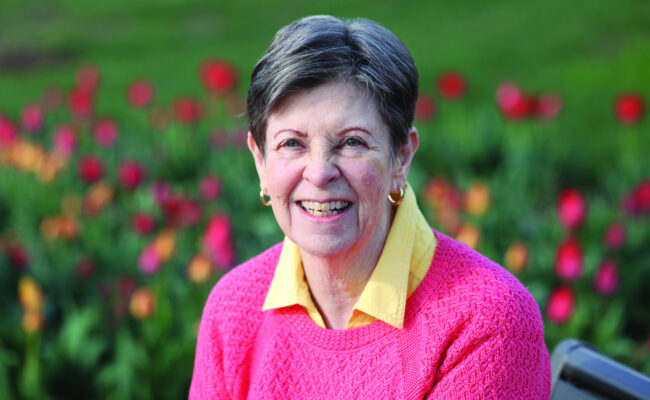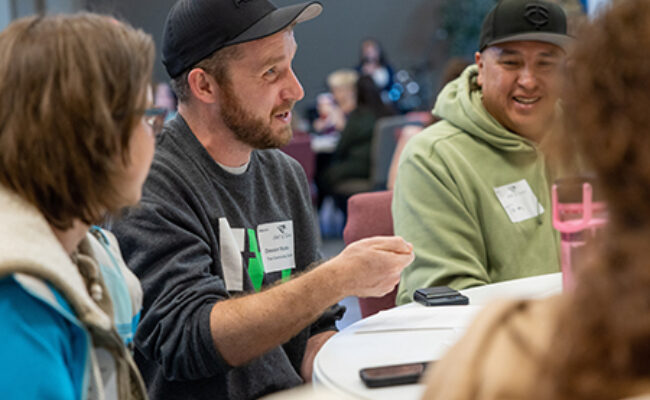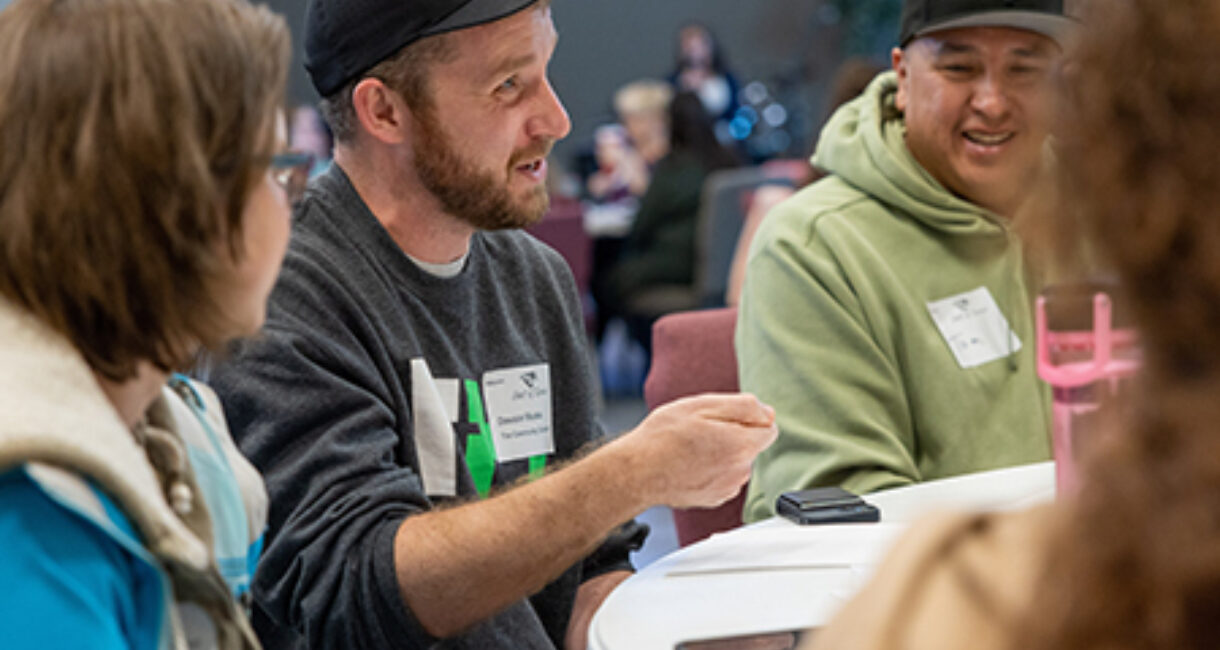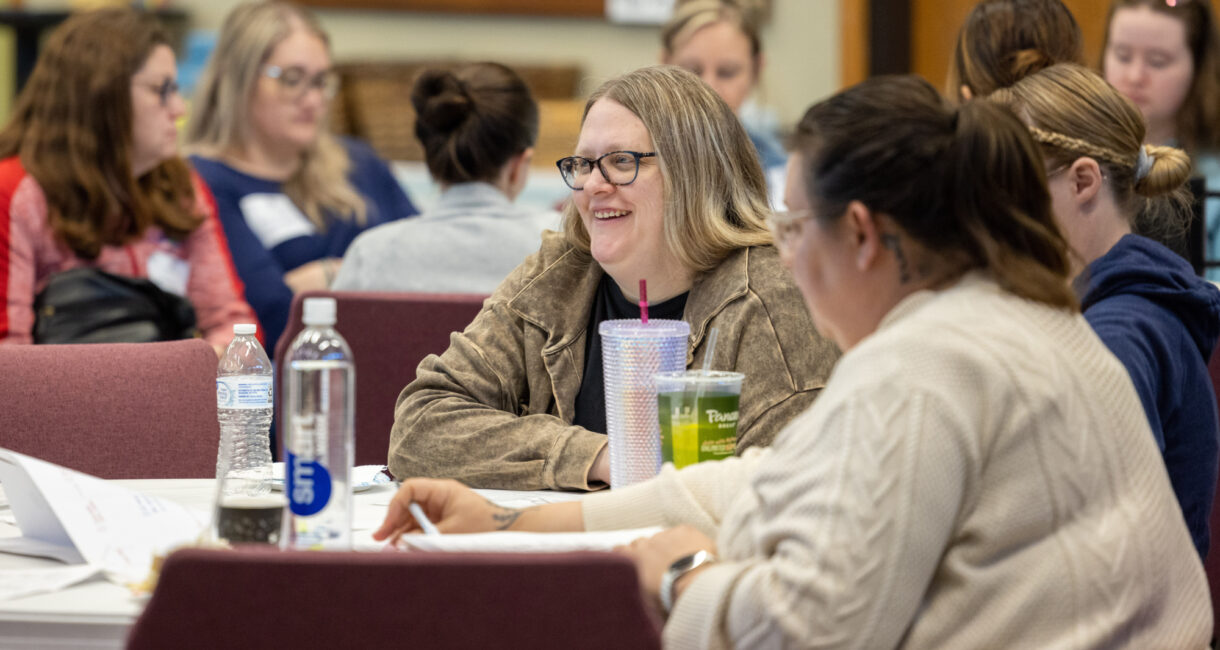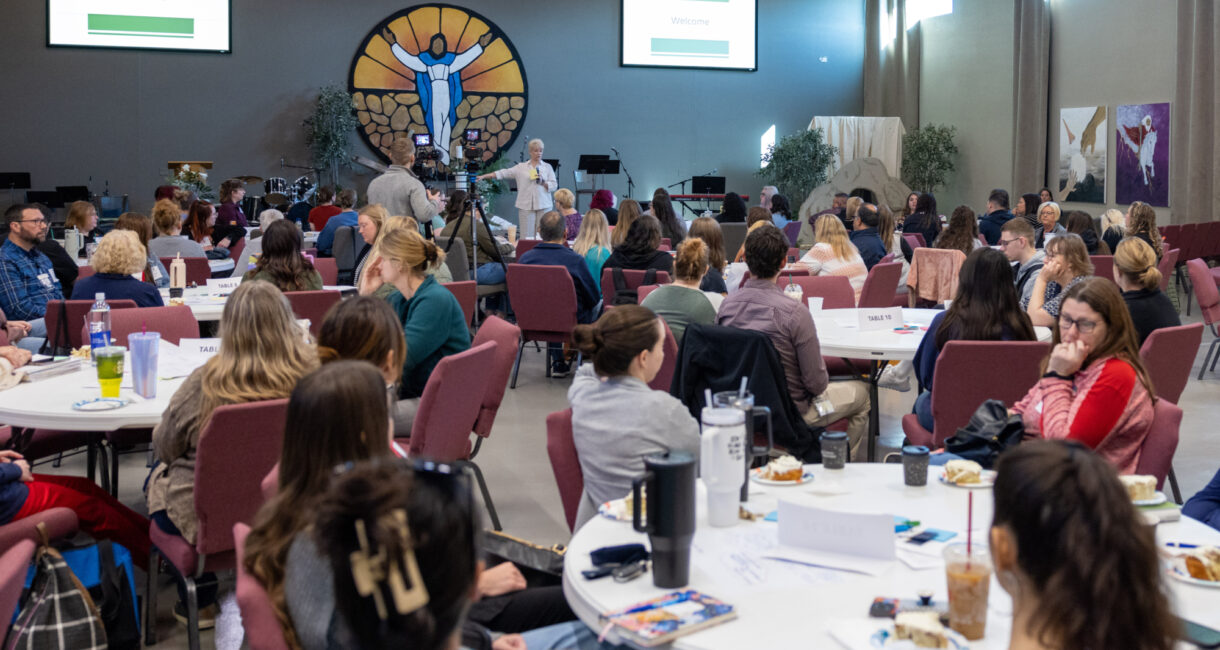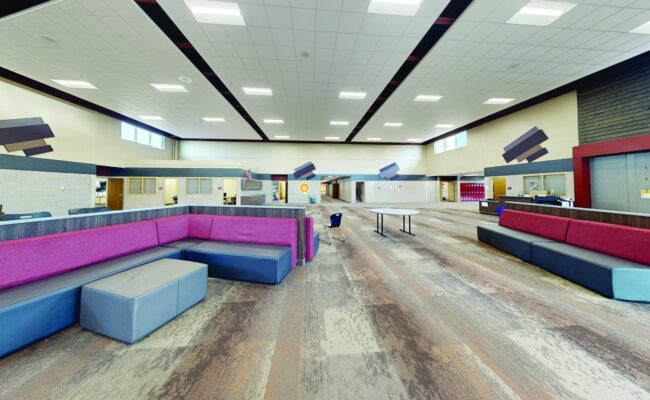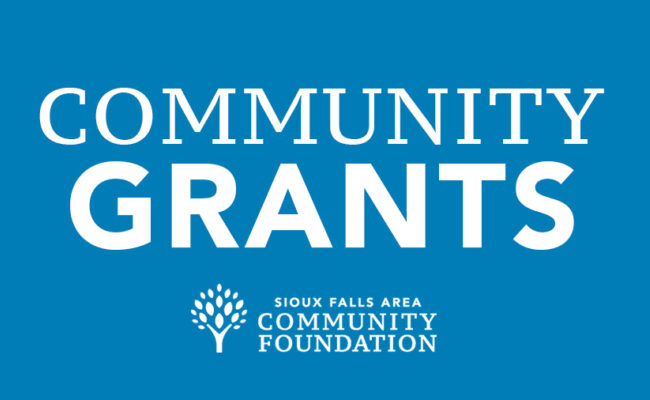A new program for case workers is helping bring them closer together in the name of doing meaningful work.
Those who work on the front lines of programming, outreach and nonprofit work can find themselves with a crushing workload and compassion fatigue. It’s a combination that can quickly lead to burnout.
That’s why Heart of Service was created – a yearlong program to provide support, training and networking to community health workers in Sioux Falls. The first event was held in the fall.
Heart of Service was developed in partnership with the Sioux Falls Area Community Foundation.
“I work with so many nonprofits, and I could see this need among that community,” said Patrick Gale, vice president of community investment for the Community Foundation. “These are exceptional people doing incredible work in Sioux Falls, and they need to feel taken care of, so they can keep making a difference.”
The Community Foundation gave $30,000 for the program.
Out of the first event, organizers realized the first order of business was to create a common language. Too often, organizations define things differently, leading to missed opportunities to connect services or miscommunications, said Kari Benz, director for Minnehaha County Human Services.
“We needed to unify our community,” Benz said. “We wanted to provide education and an opportunity to collaborate and put together a common language.”
She uses homelessness as an example – the school district defines it one way, the U.S. Department of Housing and Urban Development defines it another. It’s difficult to know where to begin if you can’t agree on the basics, she said.
That guide to common language was completed earlier this year, and case workers gathered for a second time in late April to talk about it.
“This is a way to talk about how we collaborate and serve our community better,” she said.
Helping teams feel valued
Benz said the Heart of Service program focuses on agencies that provide case management. She has been happy with the turnout for both events and said it’s important that leaders in these organizations help their teams feel valued and provide them the chance to network.
It’s more than just career development – it also shows people who does what at different agencies. And with these organizations so connected, it means the next time someone has a client, case or issue, they might know someone to call at a different agency who can help.
“Through this citywide training, it really allows us to bring all our teams together and look at how we make referrals, how do we want to unify and strengthen our efforts,” Benz said. “And learning is easier and more engaging when it’s fun.”
That brings us back to the common language. The initial document helps lay out common vocabulary and principles and how to make referrals. Benz said it can be used to help onboard new members and as a resource for existing case workers.
“It talks about what it means to say we work together,” Benz said, noting the importance of dignity and respect. It is easy to feel like you’re in a silo or have a preconceived notion of how another organization operates.
“When we as a collective talk about our challenges, they are often the same challenges,” Benz said of the case worker community. “We need to embrace this opportunity to come together. We will always face challenges, but it’s how we respond that matters.”
Stacey Hosmer, intake coordinator and agency liaison for Southeastern Behavioral Health, said the program helps her feel connected to others doing the same work.
“It’s nice to see all the different agencies come together and we are all there for the same reason, to create that support system for the clients that we serve,” said Hosmer. She said knowing people at other agencies can help open doors – and improve referrals.
“Sometimes you know you could call somewhere, but you might not get the right person,” she said. “It can help everything go more smoothly and make an appropriate referral.”
Offering perspective
At the most recent event, more than 100 case workers from different organizations problem-solved scenarios together, offering different perspectives and options.
“They see how other agencies strategize and how they work,” Benz said. “And they build a network. That network has been so critical for me. Sometimes, I didn’t have an answer, but I knew who to call.”
It allowed them to see how other agencies might approach something – leading to better understanding of complementary services.
Hosmer agrees. For example, people need to qualify for services at Southeastern – making sure other case workers know the parameters can help them know who should and shouldn’t be referred – and avoid dead ends for care.
“If you don’t talk to the person who knows what you need to become a client or what kind of documentation you need, that communication piece falls apart,” Hosmer said.
Connecting in this way helps build a network of people who believe in the community, Benz said. The hope is that the group can reconvene every three months. They also are recording sessions to build a training library for people who can’t attend.
“The Community Foundation allowed us to have this opportunity,” Benz said. “We can all lean on each other to do better.”
Gale hopes the events continue to build bridges for people.
“We need these organizations to work together the best they can – and take care of one another in the process,” Gale said. “We take our role supporting local nonprofits seriously at the Community Foundation, and this is another way we are able to do that.”
Benz said it’s important to take care of the mental health of case workers – not only to show them they matter, but because then they can better serve others.
“We need to be very mindful – what they hear, what they experience on a daily basis,” Benz said. “They can be incredibly difficult things emotionally, and this is just a great opportunity for us as a collective.”
“Case workers and case managers are in the trenches and doing the work and dealing with clients. Getting them involved in the process and giving them training is so helpful, and it makes you feel important,” Hosmer said.
